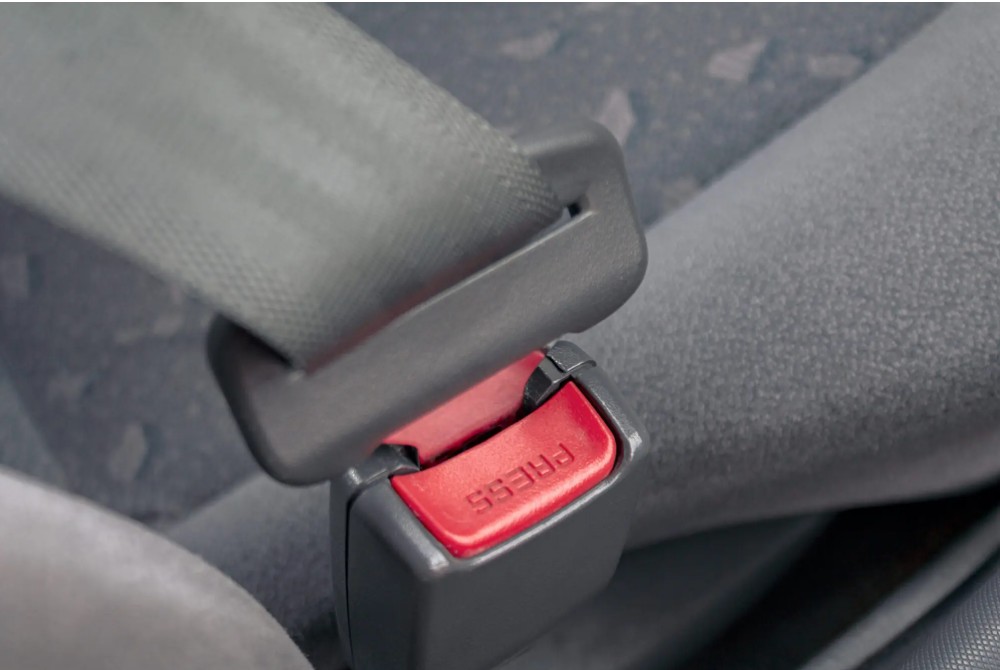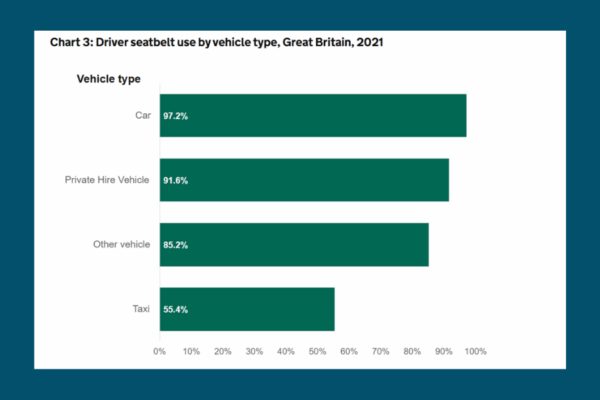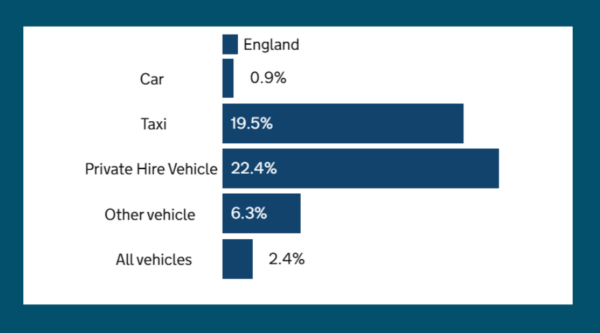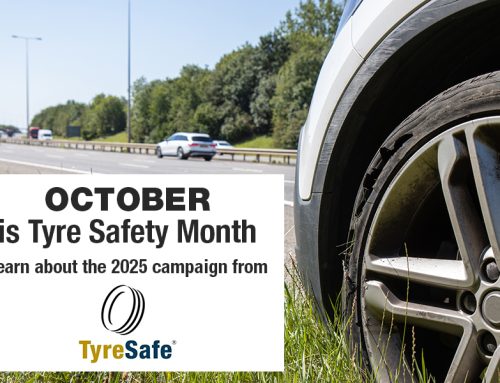Mike Hayward is a motoring and regulatory solicitor with Woodfines. He and his colleague, Christopher Kenningham, set out advice for driver managers on seat belt wearing.
Seat Belts – Driving for Work
The law can sometimes be like hitting your head against a brick wall, but the reality is that not wearing a seat belt in a high-speed impact collision means you are also likely to hit your head against the dashboard, be hurt (or worse) by the airbag, or find yourself ejected from the vehicle.
The Fire Service unsurprisingly list seat belts as one of the fatal 4 and common sense dictates that we should always wear them. The law agrees in most part, but there are exemptions.
Seat Belts – Clunk Click or Belt Up
Criminal motoring law liability will rest with the driver or adult passenger who chooses not to wear a belt, but if you are an operator of fleet vehicles or fleet manager, you should still exercise your duty of care to those who drive for their work.
Road Laws (e.g. the Road Traffic Act and The Motor Vehicles (Wearing of Seat Belts) Regulations) impose laws to enforce the wearing of seat belts. When it was originally imposed, many will recall the clunk click campaigns, but a lot of people would still talk of being happy to take the risk, rather than cause a crease to their shirt!
The fact is that they are now the norm, and we naturally put our belts on when we get in the car. For a delivery driver, however, the regular stopping and starting, which leads to putting the seat belt on and off dozens of times per day, has led to one exception that seat belts do not have to be worn for deliveries if driving a goods vehicle that is travelling no more than 50 metres between stops.
A word of caution, however – measuring the 50-metre rule could be difficult not just for the police seeking to enforce, but also for the driver to measure.
This exemption should also not lead to complacency and be seen as a green light for a driver to not wear a seat belt at any time during the delivery day journey. Any enforcement investigation will look at each of the facts and may also lead to questions of the employer if a pattern of behaviour is identified. Do, therefore, ensure you have a clear policy on seatbelt wearing in your driver handbooks and in driver training.
Driver seatbelt use by vehicle type, Great Britain, 2021 shows seat belt use being:
All drivers must wear them or face a fixed penalty fine or increased penalty of being taken to court.
Court or police fines are problematic enough, but endorsements will also be disclosable to insurance companies and may lead to increased penalties. Enforcement cameras can also pick up on unlawful use, so do not think it is worth only putting the belt on when you see a blue and yellow police car in your mirror.
The law therefore requires a seat belt to be worn unless an exemption applies:
- a driver who is reversing, or supervising a learner driver who is reversing
- in a vehicle being used for police, fire and rescue services
- a passenger in a trade vehicle who is investigating a fault
- driving a goods vehicle on deliveries that is travelling no more than 50 metres between stops
- a licensed taxi driver who is looking for customers either by being hailed in the street or by waiting at a taxi rank (known as ‘plying for hire’)
- a licensed taxi driver or a driver of a private hire vehicle who is carrying passengers
Private hire vehicles include minicabs, chauffeur services or limousines.
Medical Exemptions – Seat Belts
Your doctor may say you do not have to wear a seat belt for a medical reason and a certificate to evidence this should be obtained. To reduce risk in the workplace (including those driving for work), employers should review their driver policies for seat belts, assess the particular nature of their work, and apply them accordingly.
This is not an exhaustive list, but examples of questions you may consider when setting your driving for work policy may include:
Reviewing General Seat Belt Use and directing that all employees/drivers and their passengers wear seat belts unless a specific exemption applies.
A reminder that it is the driver who is responsible for ensuring they and their passengers are wearing a seat belt for legal and safety reasons before the vehicle is put in motion. Notwithstanding that adult passengers aged 14 and over are responsible for themselves.
In a work environment, you would want to ensure your staff are wearing seat belts for their safety, regardless of whether the law makes them or not.
Consider the Vehicle Types Covered
Is the driver policy going to cover all vehicles you use for work and where it is used? For example, you may wish to have a policy that anyone driving a work vehicle, even on private land, uses seat belts i.e. if you have multiple work sites. It is still a safety feature- regardless of whether motoring law requires it or not.
Enforcement & Safety – How will Seat Belt policy be enforced?
Will non-compliance with the seat belt policy result in disciplinary action?
And which action? Verbal or written warnings, suspension or termination, depending on severity and recurrence can all be considered. You may also want to ensure fleet vehicle users report any seatbelt defects, so they are reported immediately, to ensure repairs are conducted promptly.
Education and Training – how to ensure each person knows their duties and responsibilities?
It’s key to have training in place – for example, something like… ’employees must undergo training on the importance of seat belt use and the potential consequences of non-compliance.’
Regular refresher courses should be provided so that employees are aware of the latest safety guidelines and rules, laws and regulations.
If there are rules in place, then employees should be encouraged to report any observed violations of the seat belt policy.
Seat Belts and Driving for Work – Conclusion
Use the law to help you shape your safety policies, rather than a set of rules to seek to work around.
Safety of your staff is paramount, and wearing a seat belt will keep them safe, and your business in the driving seat.








